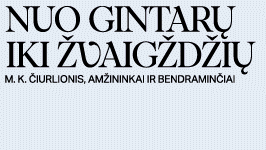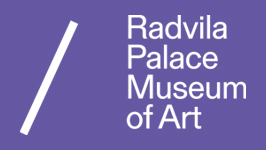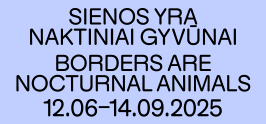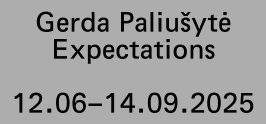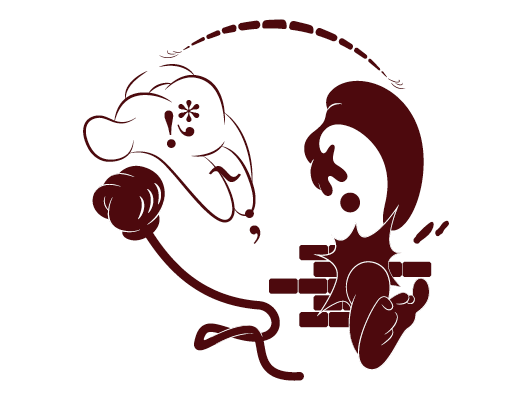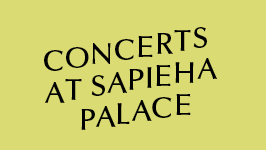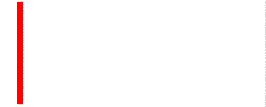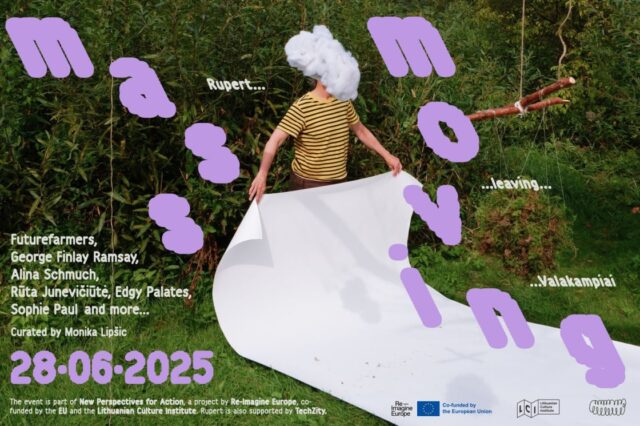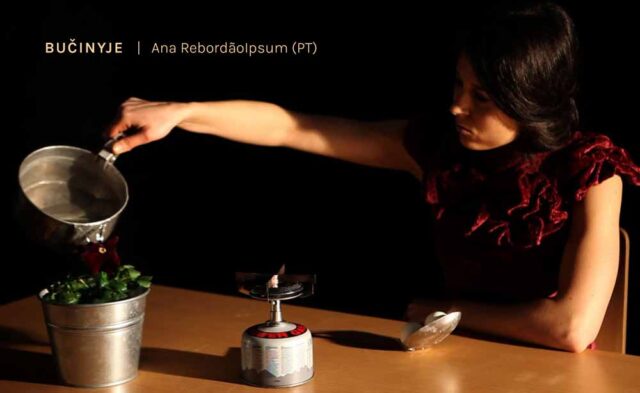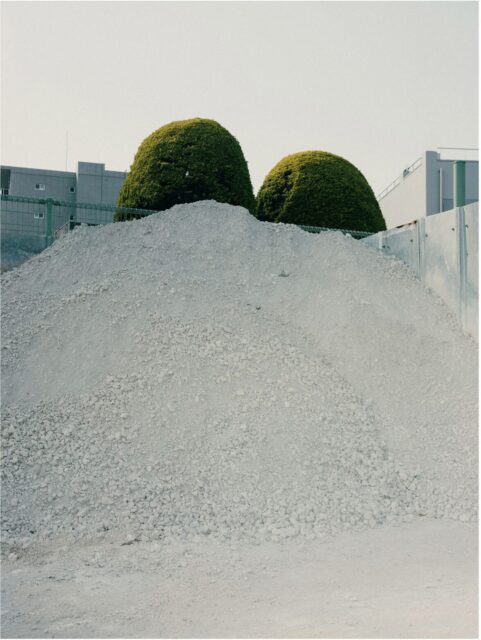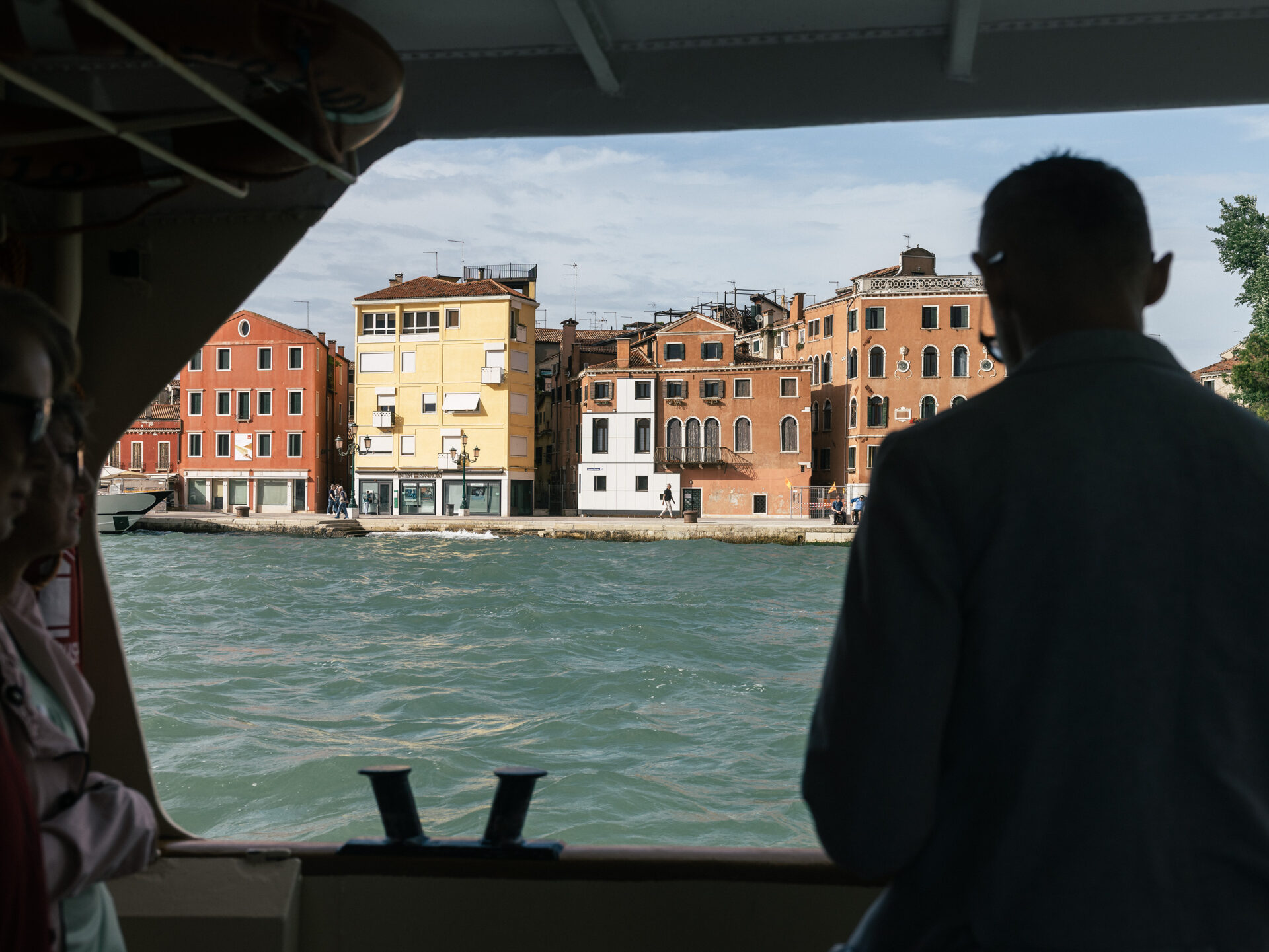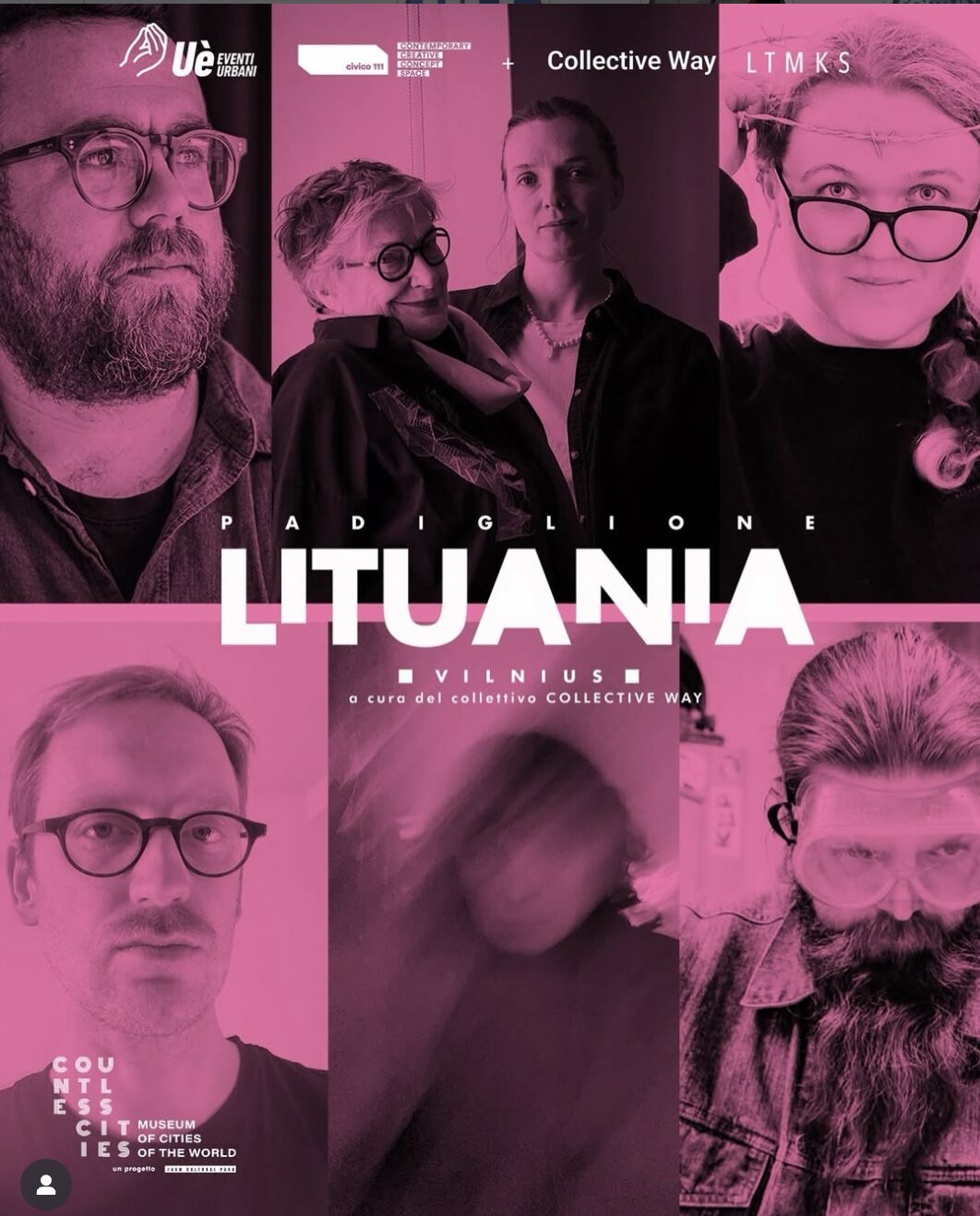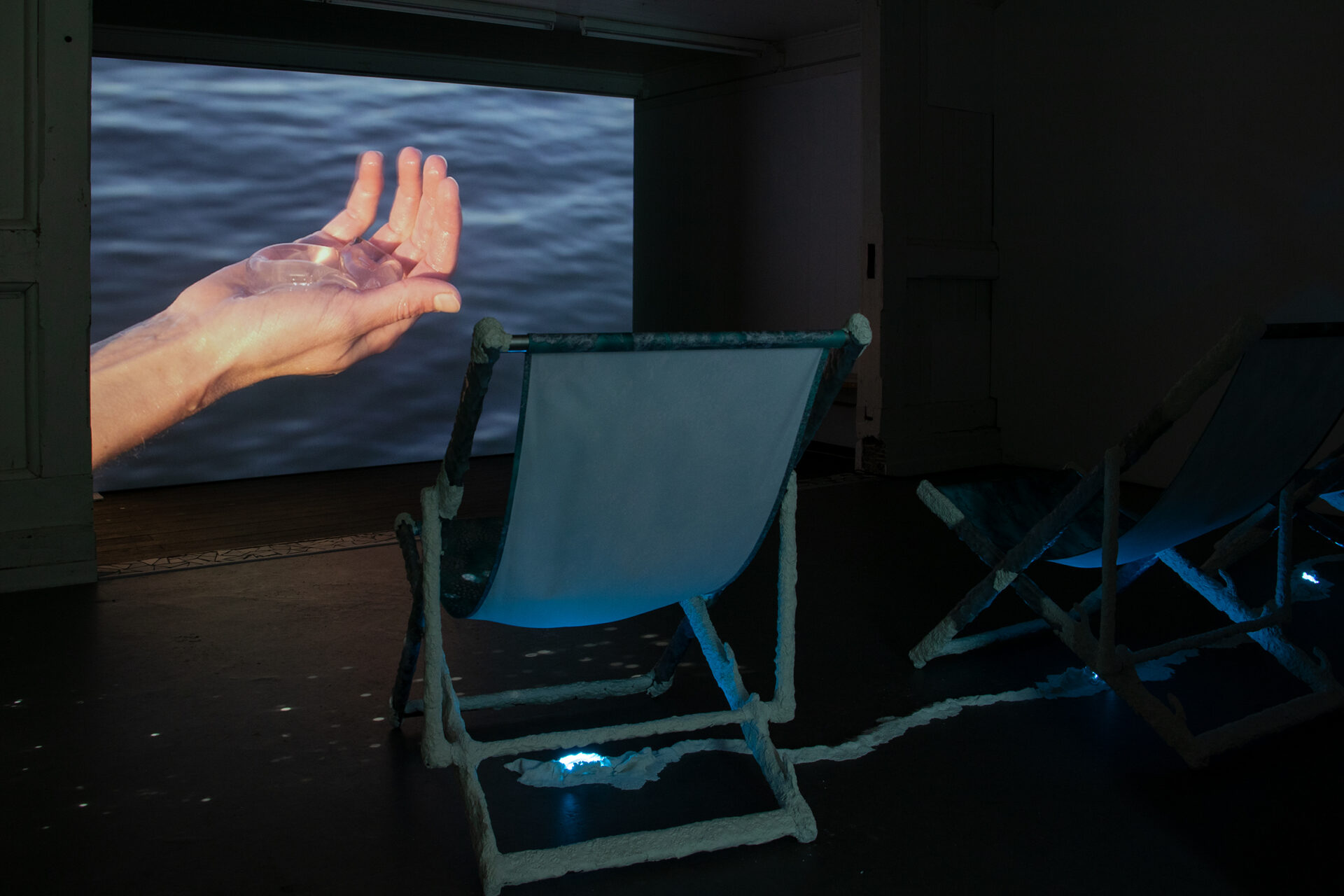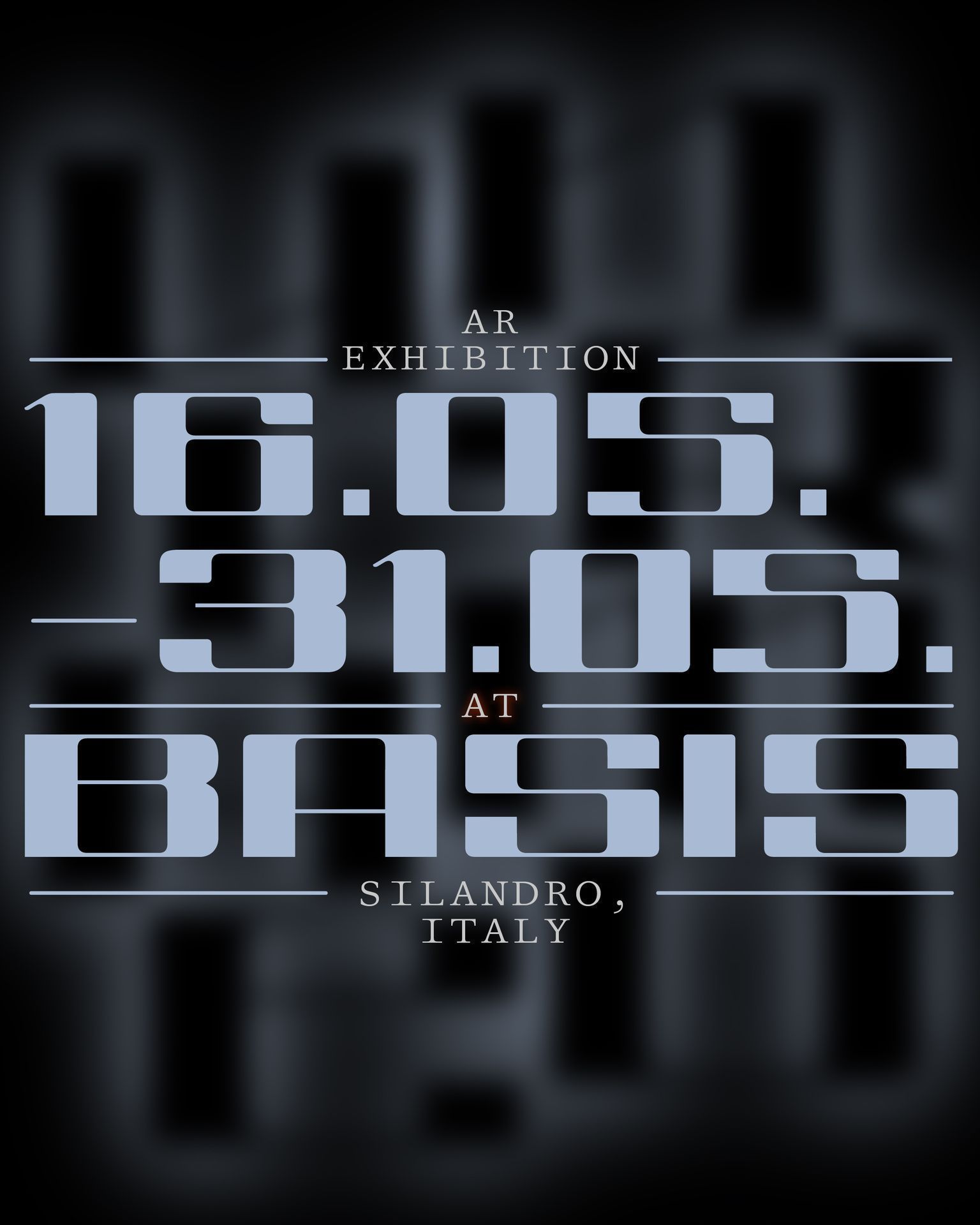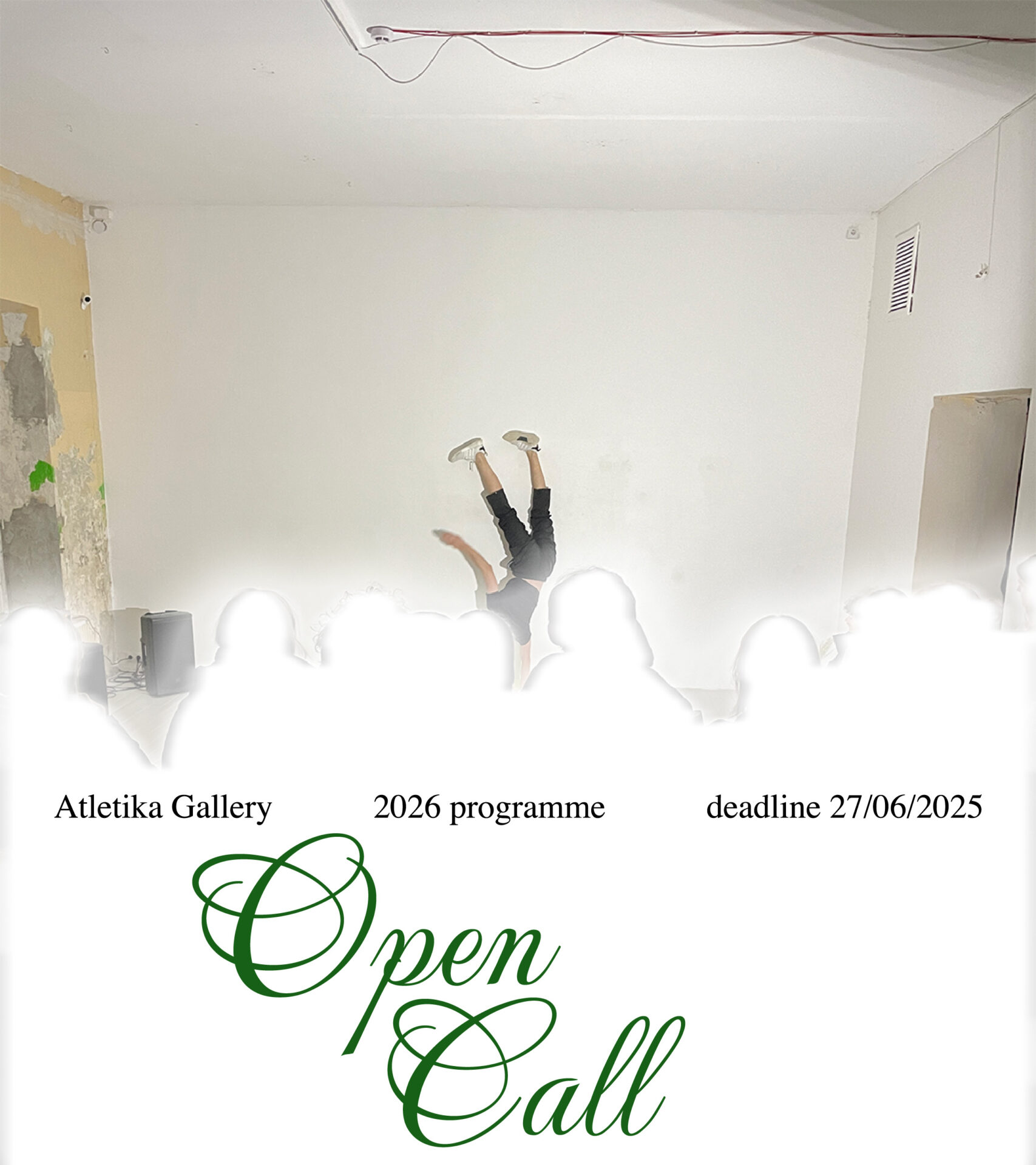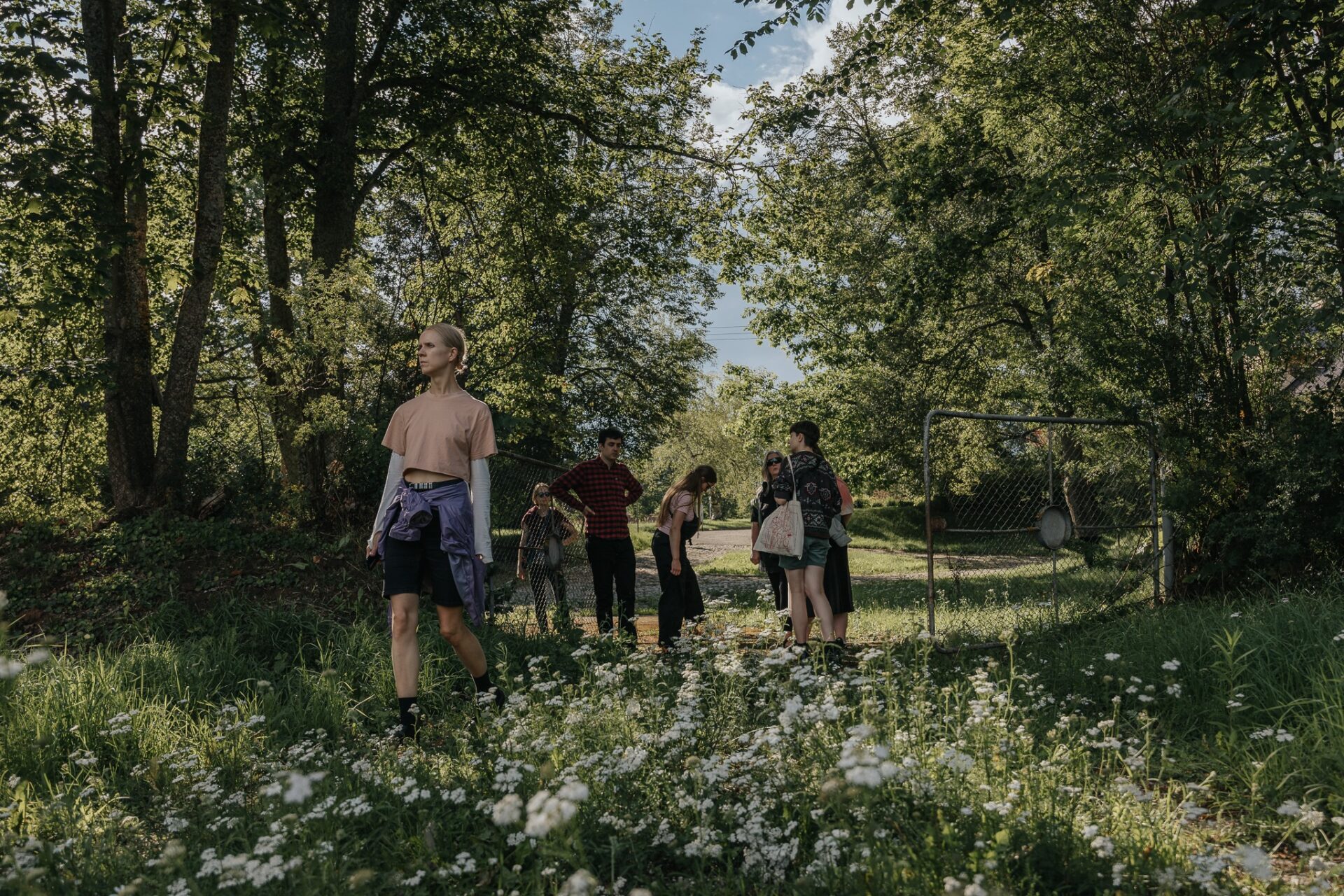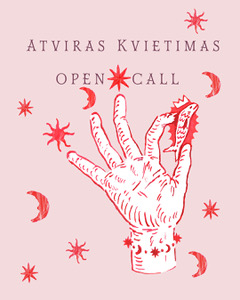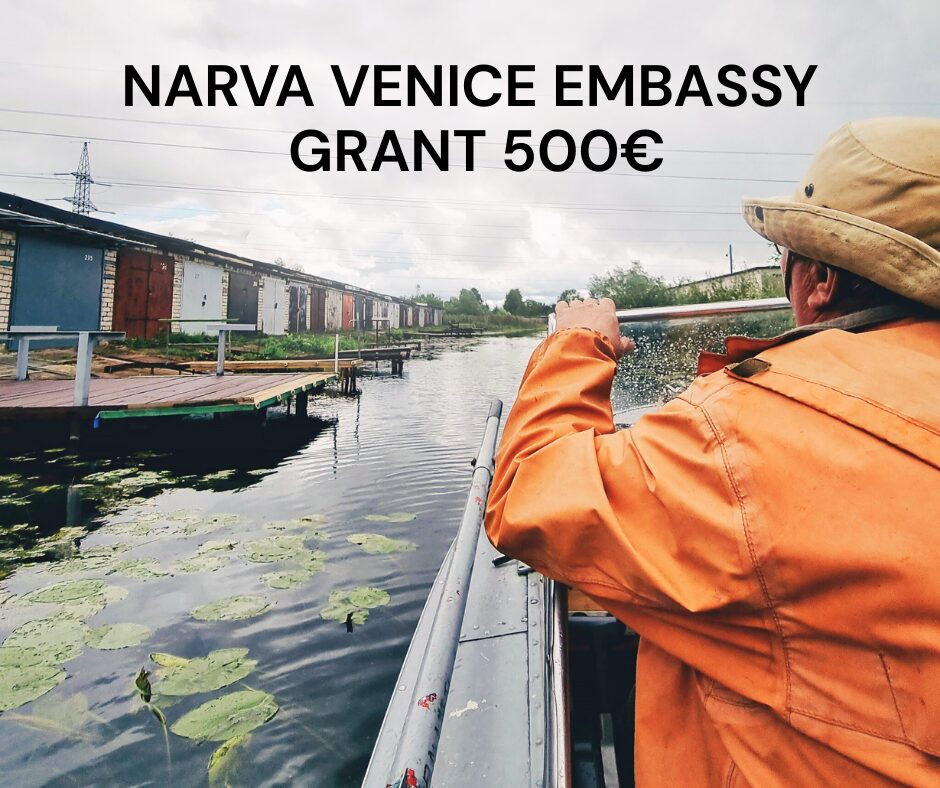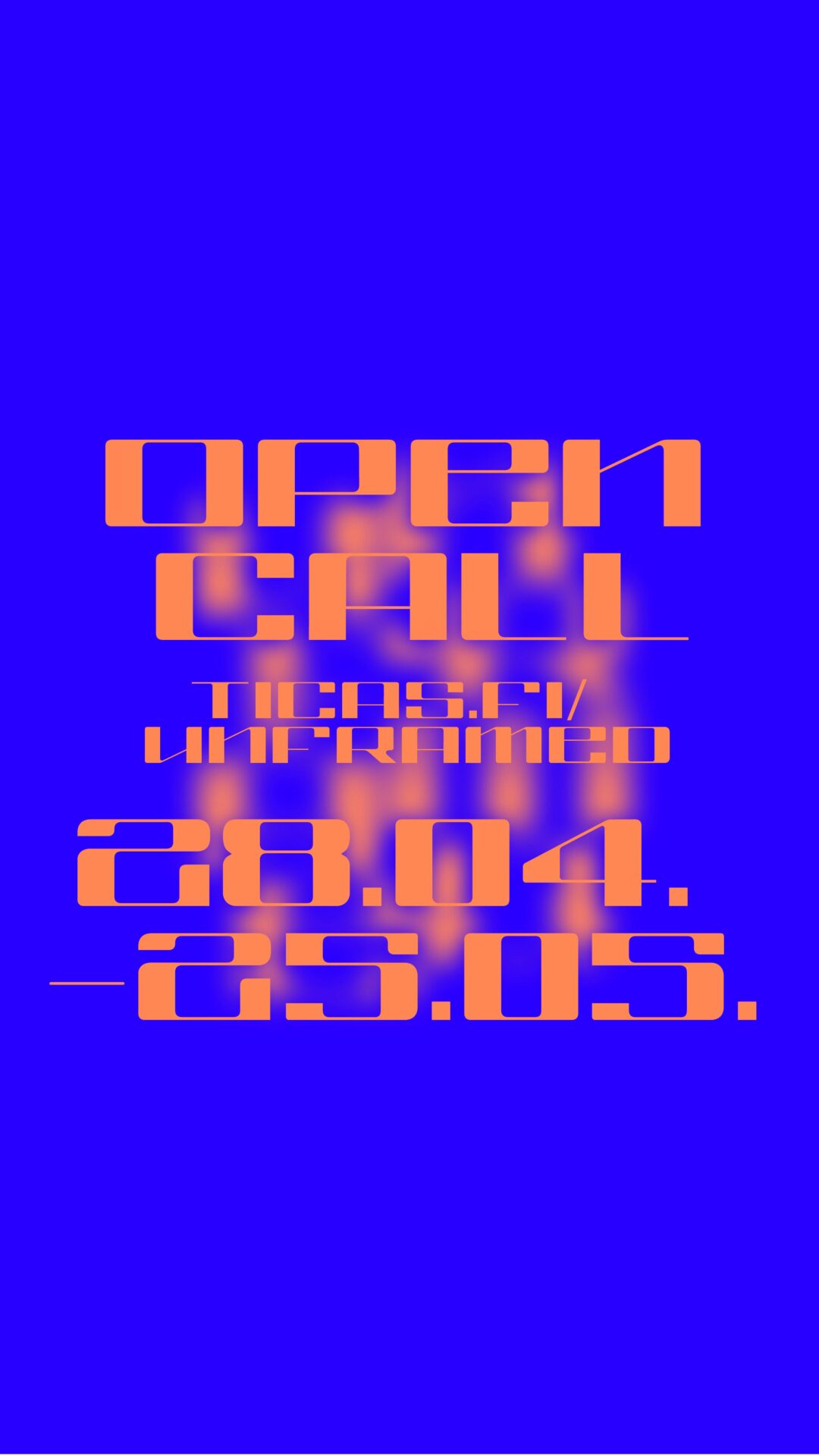Various experimental, non-institutional and independent spaces dedicated to representing contemporary art can be described by the general term project space which, like the phenomenon itself, is not really new. With the changing political and cultural situation in Lithuania since 1989, the local contemporary art scene gradually synchronised with the global context. In 1994, as the representatives from this scene were observing foreign art processes, the Jutempus interdisciplinary art programme was created, encouraging experimental artists of the time to search for a new artistic language and organise informal exhibitions. Jutempus was active until 1997, and it marked the beginning of alternative culture in Lithuania.
The phenomenon of a project space is unique in its indeterminacy and volatility, which is why many interesting spaces have existed only for short periods of time, and sometimes only within the framework of realising one specific artistic idea. Yet the most distinctive aspect of a project space is originality, and the spaces currently operating in Lithuania are best to be described by specific examples discussed on the basis of two main criteria: the creative aspect – the specificity of the space and/or curatorial practice, and the social one – what role it plays in the context of the given district, city, or the whole country.

Jurga Barilaitė, “Linijos ir Raukšlės. Gyvųjų sapnai mirusiųjų svajonės”, exhibition, Atletika, photo: Vytautas Nomadas
In Vilnius, one of the longest-running project spaces is Atletika, although it has changed its location and name several times. Today it is located in a former school sports hall which is part of the cultural complex SODAS 2123. Atletika presents both emerging and acclaimed artists from Lithuania and abroad, while its collectively curated exhibition programme is open to experimentation, exploration of new processes in art, and ideas of various directions. As part of a larger cultural complex, which brings together more than several dozen cultural creators and non-institutional organisations, Atletika is much more accessible to the public. Currently SODAS 2123 is one of the main attraction points for independent culture in Vilnius, hosting various artistic events on a regular basis and attracting a great deal of interest from the city’s citizens and visitors.

Jurga Barilaitė, “Linijos ir Raukšlės. Gyvųjų sapnai mirusiųjų svajonės”, exhibition, Atletika, photo: Vytautas Nomadas
Besides Atletika, SODAS 2123 is home to two other project spaces. One of them is Trivium, a space adapted for an artist’s studio, where the artist and writer Aistė Kisarauskaitė organises exhibitions of prominent artists from the 1990s. Before moving to SODAS 2123, Kisarauskaitė used to show exhibitions in her apartment – an allusion to the Soviet era, when artists’ avant-garde works were presented in their own homes or studios, and only to a small circle of friends. Thus, in its nature and concept, the activity of Trivium is close to the format of making the so-called informal exhibitions. However, Trivium has temporarily suspended their activities.
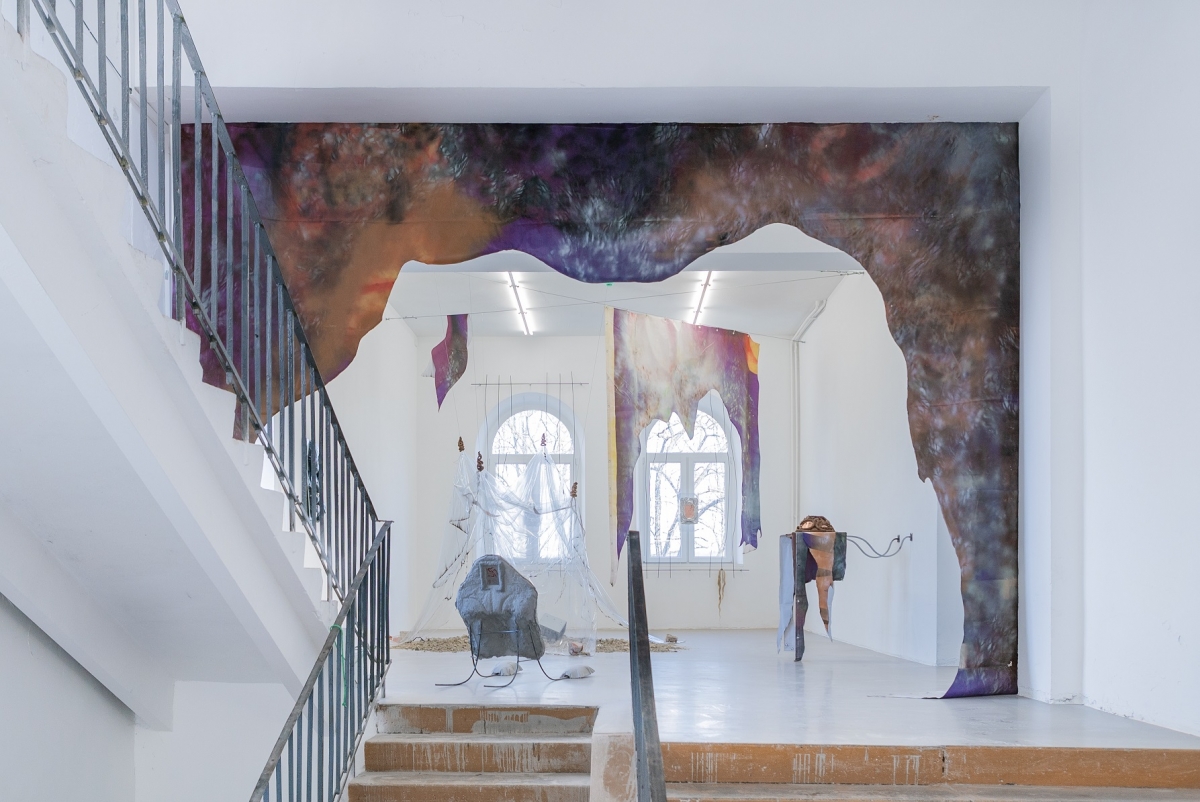
Anastasia Sosunova, “Diluvial Valleys”, exhibition, Swallow, photo: Laurynas Skeisgiela
In 2020, three independent curators Vaida Stepanovaitė, Audrius Pocius and Edgaras Gerasimovičius founded another project space in SODAS 2123, this time in one of the corridors of the building. This is how Swallow was born – a project space focused on managing, producing and exhibiting curatorial and artistic projects, developing arts-based educational programmes and introducing young Lithuanian and other Baltic art abroad. The exhibition space is located inside the building, yet not behind closed doors, but in an open lobby. Such a choice to exhibit works of art in a transitional space aims to break the standards of art’s accessibility to the public.
Speaking of the accessibility of contemporary art, perhaps one of the most open and approachable project spaces in Vilnius is the gallery apiece. Built in Naujamiestis in 2021 on the initiative of independent curators Aušra Trakšelytė and Milena CM, apiece is a showcase window gallery. With a space as small as 320 x 175 cm, it exhibits one single work of contemporary visual art or one design object at a time. apiece does not organise exhibition openings, and the exhibition itself is accessible to the viewer at any time of the day or week, as the artwork/object is always visible through the showcase window. The viewer may therefore also ‘stumble’ upon the work by chance (on the way home from work or on a walk), being thus encouraged to take a closer interest in the author of the work/object or in contemporary art in general. For artists apiece is a new platform for presenting their work, and at the same time a provocation to express (the whole of) themselves in the format of a single work.
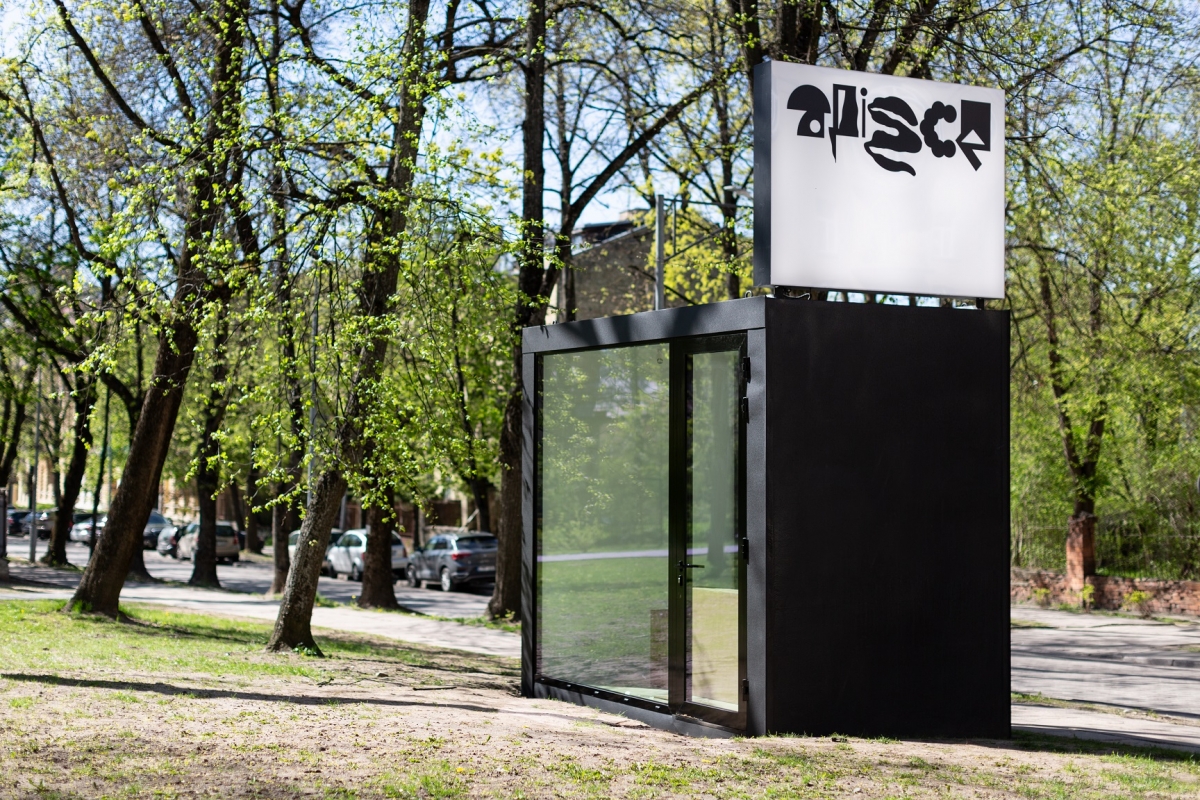
apiece gallery, photo: DUALHEAD
There is also a certain charm in the project spaces which are not easy to ‘discover’ even for Vilnius residents themselves. For instance, to get to the openings of the Montos Tattoo exhibitions, you have to take a Soviet elevator, whose warranty sheet probably expired even before Lithuania regained its independence. If you dare, you take it up to the third floor, eventually finding Montos Tattoo in one of the building’s former Soviet offices. The founders of the exhibition space, curator Gerda Paliušytė and artists Gediminas G. Akstinas, Liudvikas Buklys and Maya Tounta, describe it as being concerned with diverse cultural knowledges and possibilities, art histories and the reciprocity between politics and poetry. Their activities can also be seen as an extension of everyday practices, stemming from sheer curiosity about how different meanings are created. In other words, Montos Tattoo focuses on an open-ended form(at), being an ‘open vessel’ for different stories to come. The name of the place originates from the story of Monta, a friend of a friend, who lived in Vilnius twenty years ago and had an unfinished tattoo on his arm.
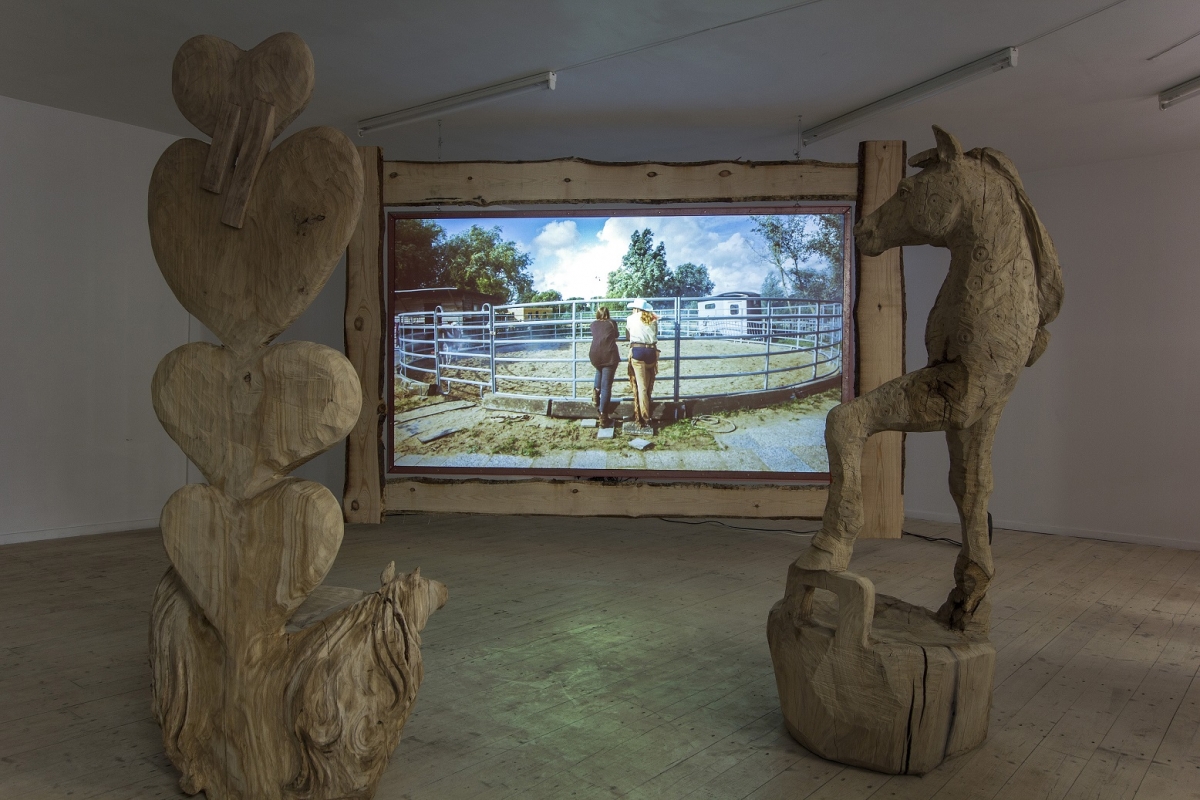
Josefin Arnell, “Wild Filly Story”, exhibition view, Editorial, 2021, photo: Ugnius Gelguda
Some of the project spaces in Lithuania stand out for their multifunctionality. One example is Editorial, a space operating in Vilnius old town since 2017. Initiated by Neringa Černiauskaitė and Vitalija Jasaitė, Editorial is dedicated to shows, talks and motions, at the same time hosting the editorial offices of the online magazines Artnews and Echo Gone Wrong under the same roof. The artist-run space Autarkia in turn functions as an artist day care centre, a club of interests, an office space for putative experiences and imaginary solutions, a bistro for experimental gastronomy, an art gallery, and a project development hotel. Previously known as the canteen for the Faculty of Electronics of Vilnius Gediminas Technical University, since 2016 the two-storey space has hosted many significant non-institutional exhibitions, numerous hearty dinners and raucous parties produced by the organisers of Autarkia or like-minded collaborators. In addition, the project space is surrounded by the first residential lofts in Vilnius, thus getting abundant attention from designers, architects and artists.

“Kontakt”, outdoor event, Autarkia, 2021, photo: Vytautas Nomadas
A less trendy but equally creative and multifunctional project space with a DIY concept is Studium P. Located in an apartment of a residential building rented by a small group of people, the space is home not only to those who actually live there, but also to a small stove-heated room dedicated to organising exhibitions and music events.

Kamilė Dambrauskaitė, performance, Studium P, 2021, photo: Alanas Gurinas
Another Lithuanian DIY alternative project space is located in port city Klaipėda. TEMA is an artists’ space and a creative harbour community, established in a renovated former shipbuilding site by the light artist Linas Kutavičius on the principles of recycled design. The port area is now much more accessible to the public than it was a few years ago, but various business and industrial enterprises still operate in the vicinity.
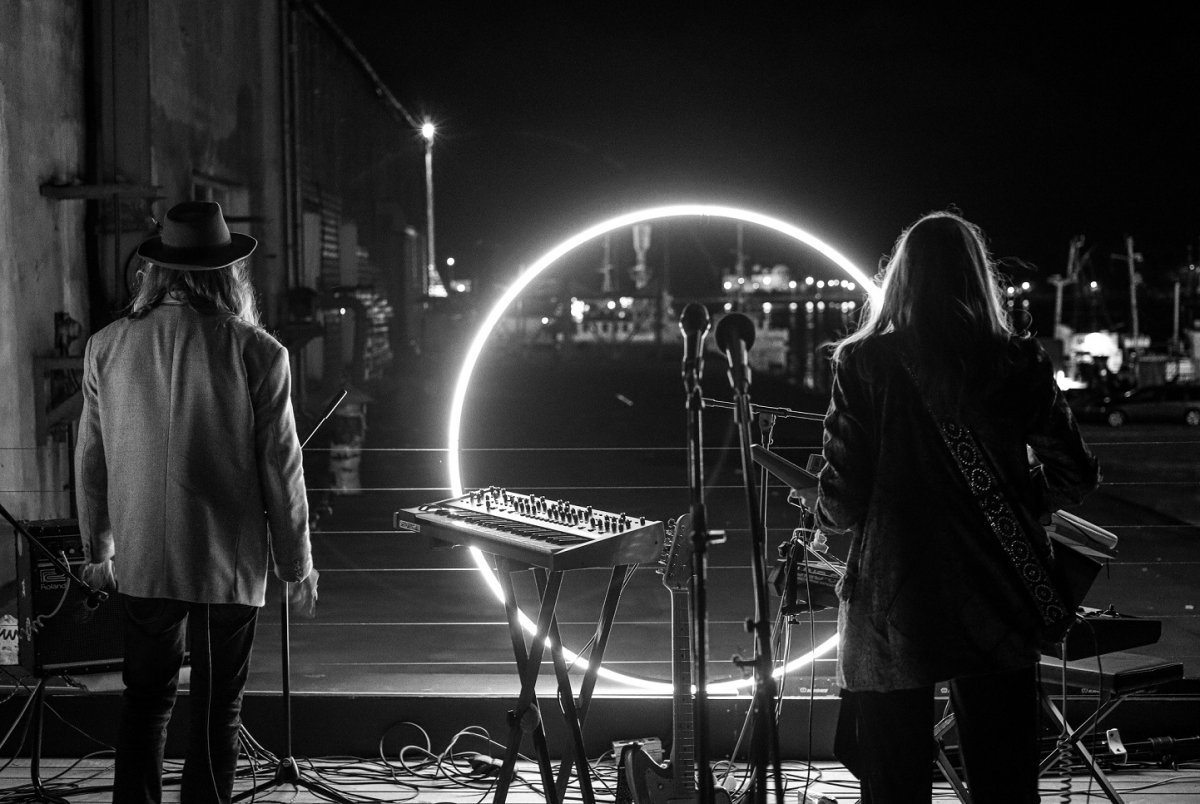
Event, TEMA, 2021, photo: Arūnė Baronaitė

Raimondas Daukša, “Ultima Thule”, exhibition view, si:side, 2021
Since we have moved beyond Vilnius, a few more places are necessary to mention. Also in Klaipėda, another artist-run gallery, si:said, presents artworks of Lithuanian and foreign artists. According to its founders, the idea to establish a new comfortable space for art exhibitions was incited by a lack of such places in the city and the need to create a platform for art information exchange and collaboration. si:said focuses on introducing local ‘seaside’ artists or the ones arriving from any other ‘side’.
Since 2019, the train station in Marcinkonys, a town located a bit over 100 km from the capital, hosting exhibitions at the initiative of the artists themselves. These shows are organised as part of a larger project called Verpėjos, an independent art initiative founded in 2017 by artist Laura Garbštienė. Verpėjos aims to explore and rethink topics concerning traditional rural lifestyle and nature conservation. Bringing together artists from different fields, rural creators and naturalists, it organises interdisciplinary workshops, symposia and exhibitions, and from 2020 an international art residency.
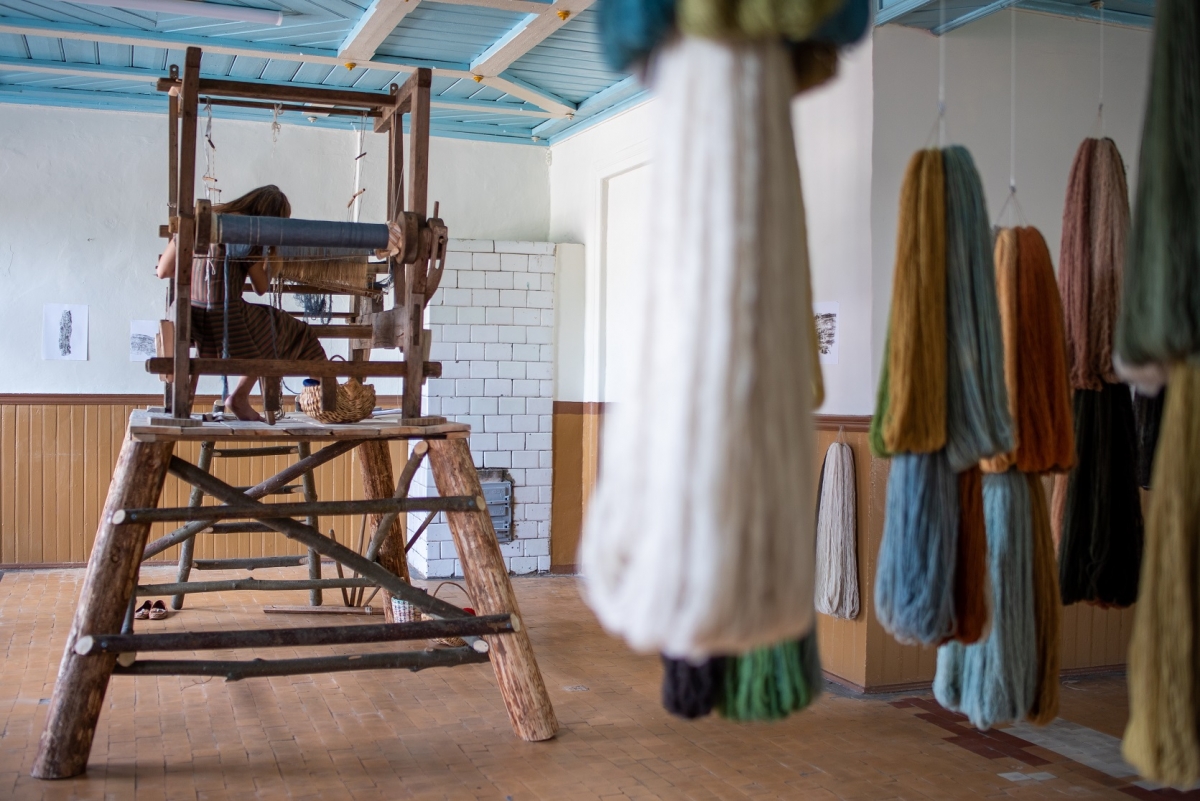
Laura Garbštienė, “Aš Kirvarpa”, exhibition view, Verpėjos, 2021, photo: Vitalij Červiakov
It is difficult to cover all the project spaces in Lithuania, as some of them are ‘too new’, and others not as ‘active’ as they used to be. Interestingly, in Kaunas, Lithuania’s second largest city, not a single non-institutional space is currently operating (unless it is operating in secret). In general the process of project spaces is probably the most dynamic in the overall cultural field, with new alternative and bold ideas uniting communities, and new spaces bringing those together. This is what keeps project spaces active. I trust that the visibility of the discussed project spaces will become increasingly important not only locally but also globally.
Published at SUPERMARKET ART MAGAZINE – Stocholm Independent Art Fait (issue # 12, 2022)
Updated 2022 07 13

Morta Jonynaitė, “Skersiniai”, exhibition view, Verpėjos, 2021, photo: Lukas Mykolaitis
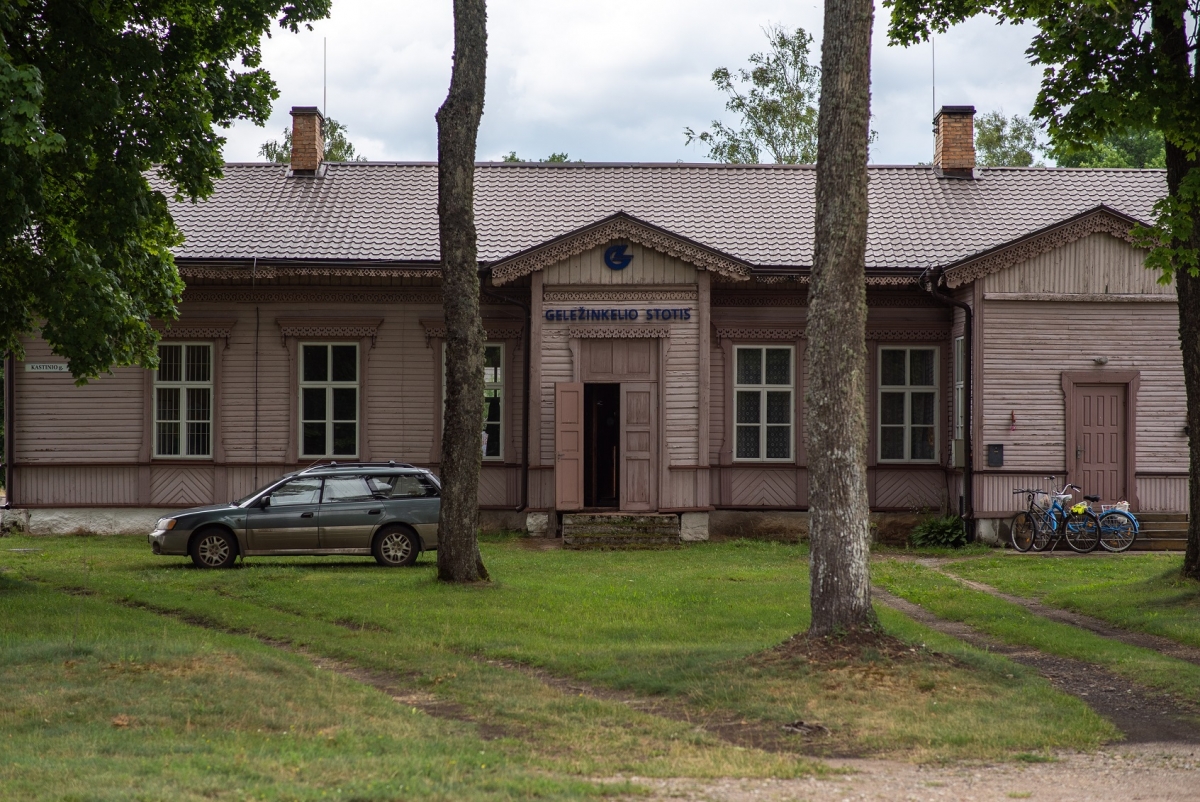
gallery at the train station in Marcinkonys, 2021, photo: Vitalij Červiakov
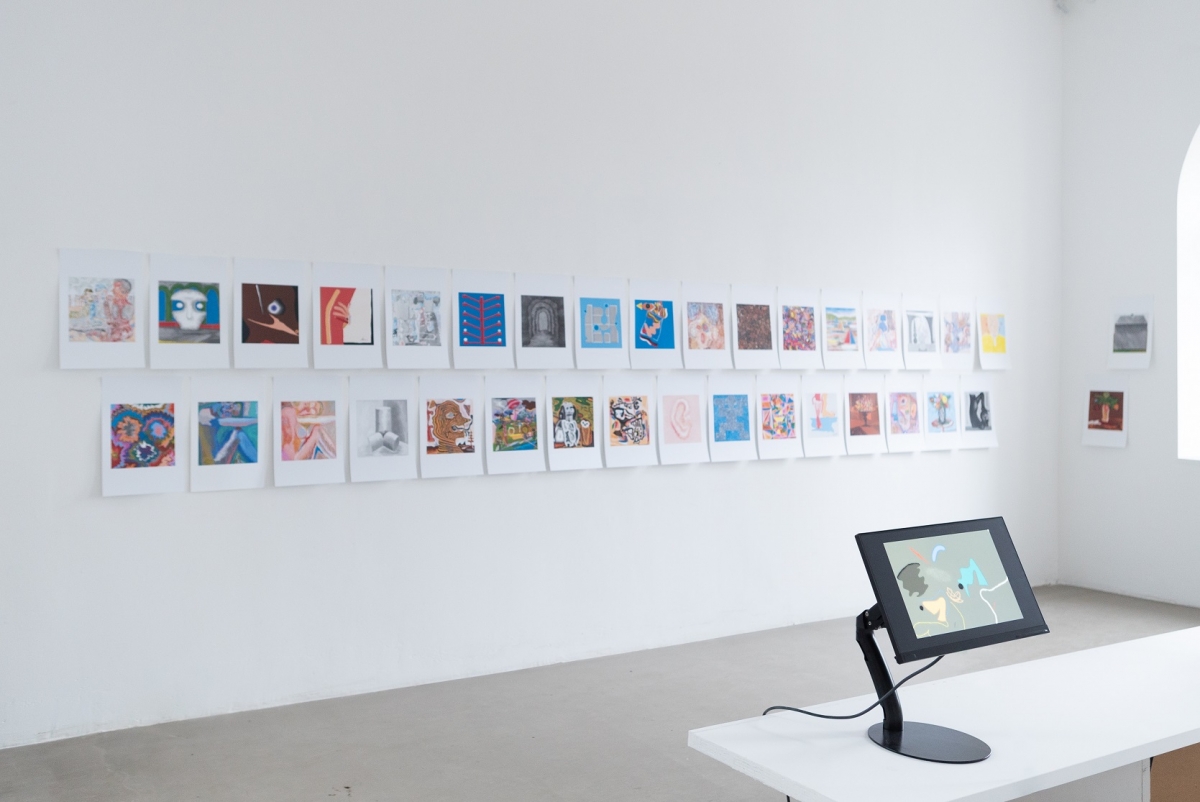
Barry Doupé, “AMIGA works”, exhibition, Swallow, photo: Laurynas Skeisgiela
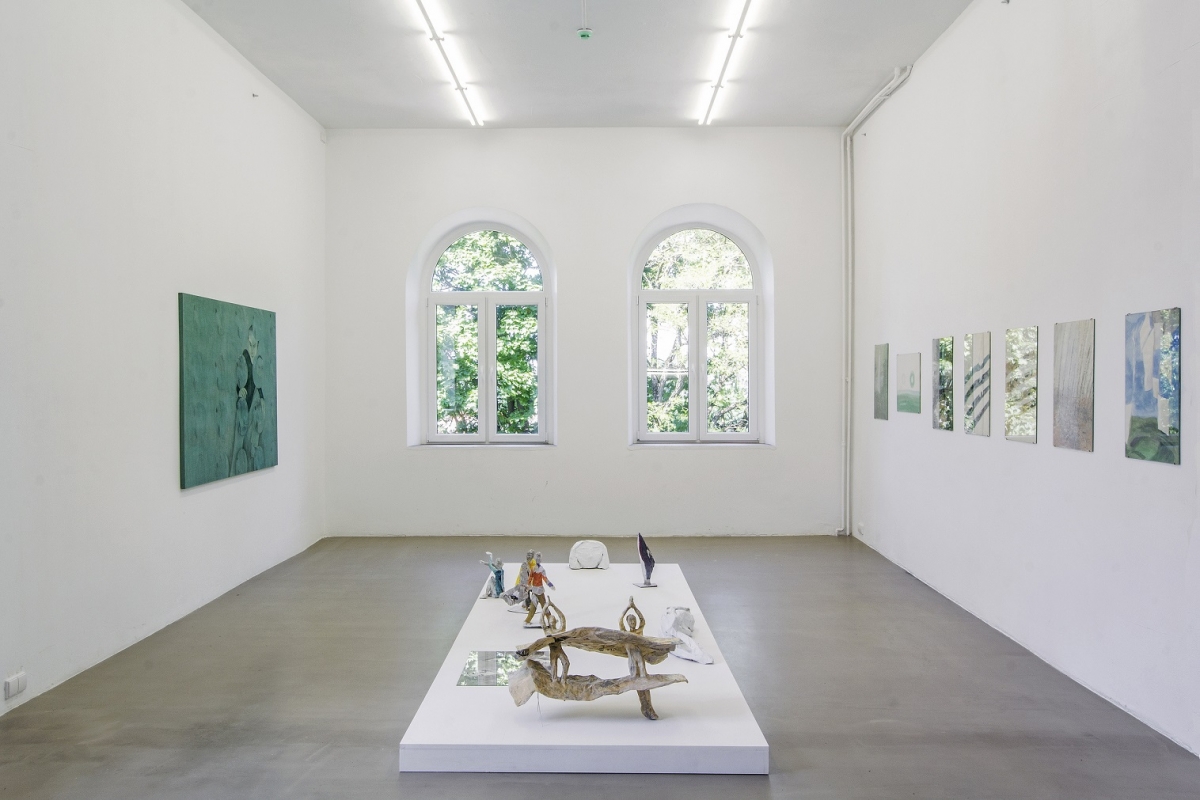
Tomasz Kowalski, “FoamCity”, exhibition, Swallow, photo: Ugnius Gelguda
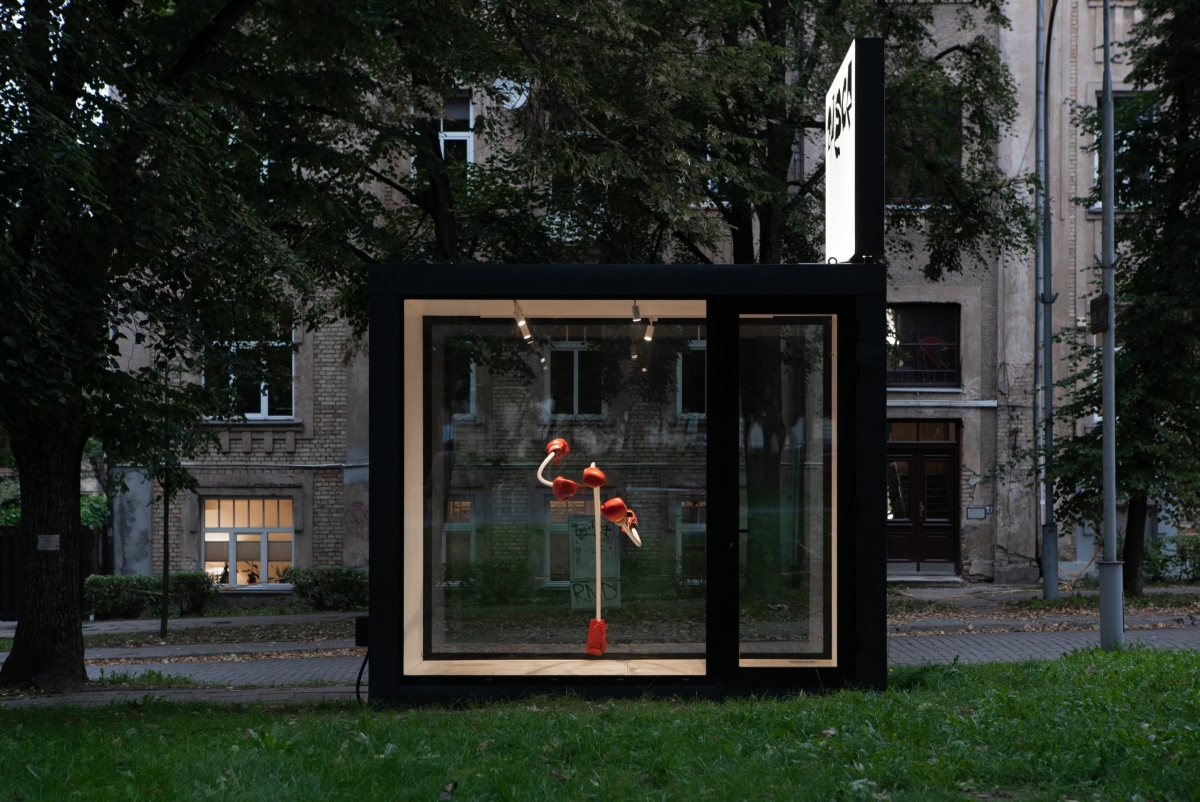
Katja Aufleger, “The Argument”, exhibition, apiece gallery, 2021, photo: Laurynas Skeisgiela
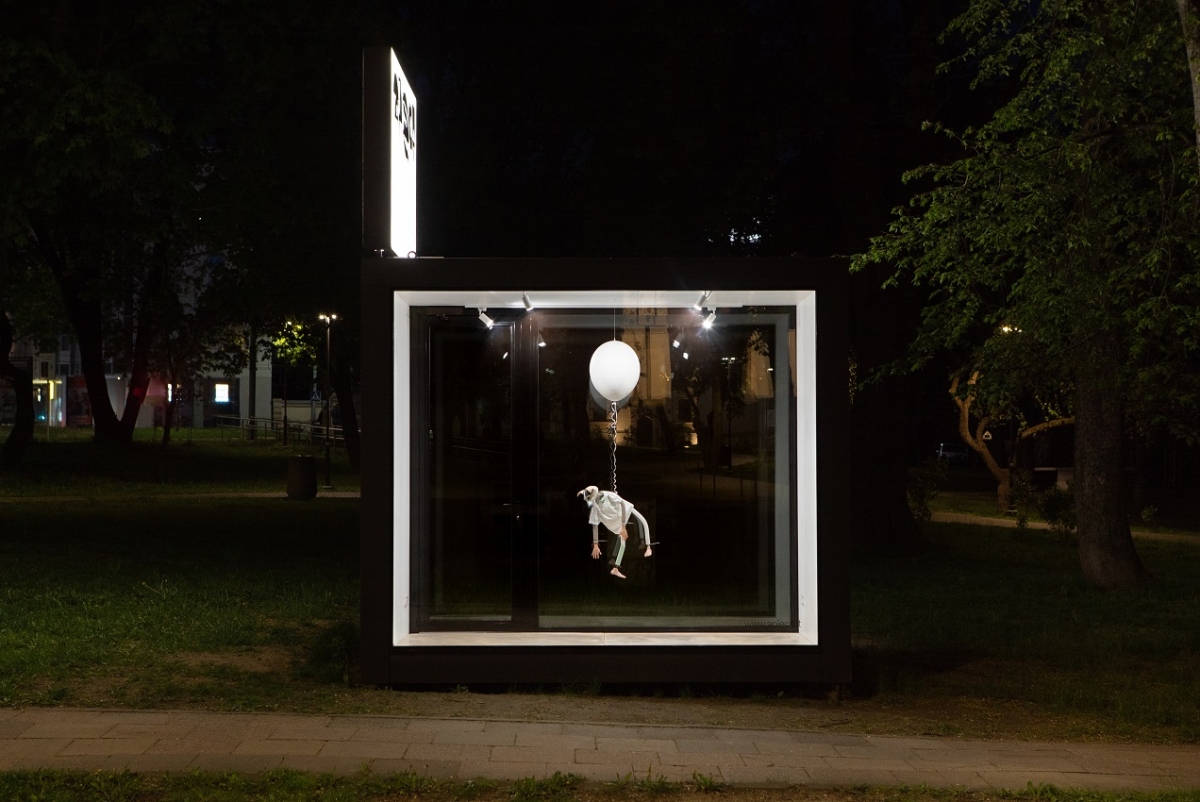
Teal Griffin, “Bardo”, exhibition, apiece gallery, 2021, photo: Laurynas Skeisgiela
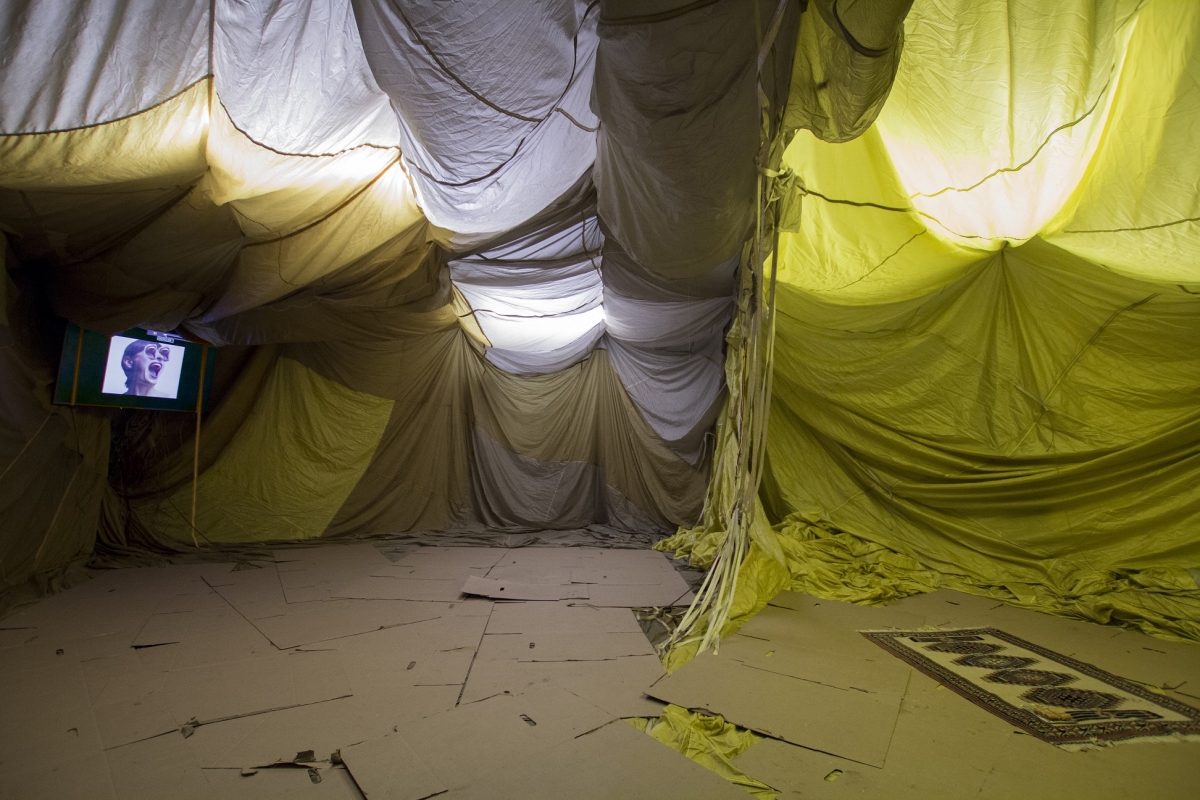
Jurgis Paškevičius, “Abstract Karaoke”, exhibition view, Editorial, 2017, photo: Ugnius Gelguda
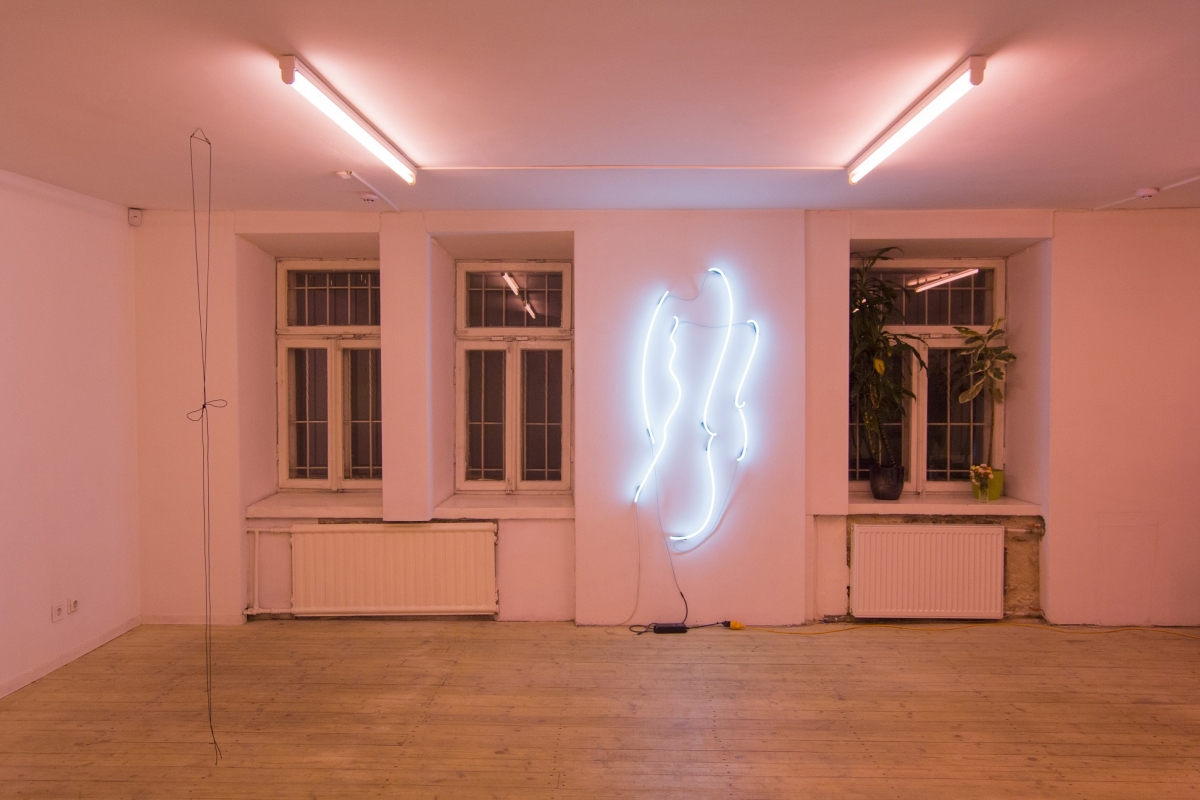
Laura Kaminskaitė, “Today”, exhibition view, Editorial, 2017, photo: Ugnius Gelguda
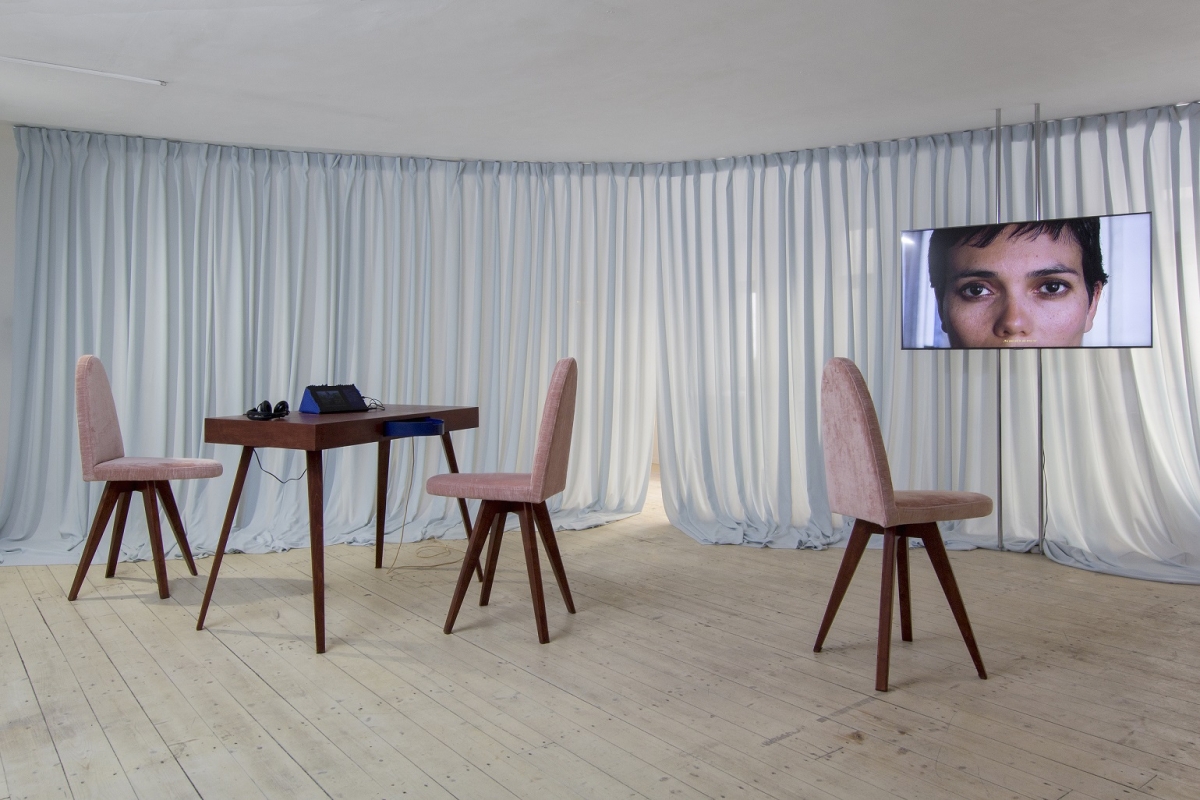
Goda Palekaitė, “The Strongest Muscle in the Huųman Body is the Tongue”, exhibition view, Editorial, 2021, photo: Ugnius Gelguda
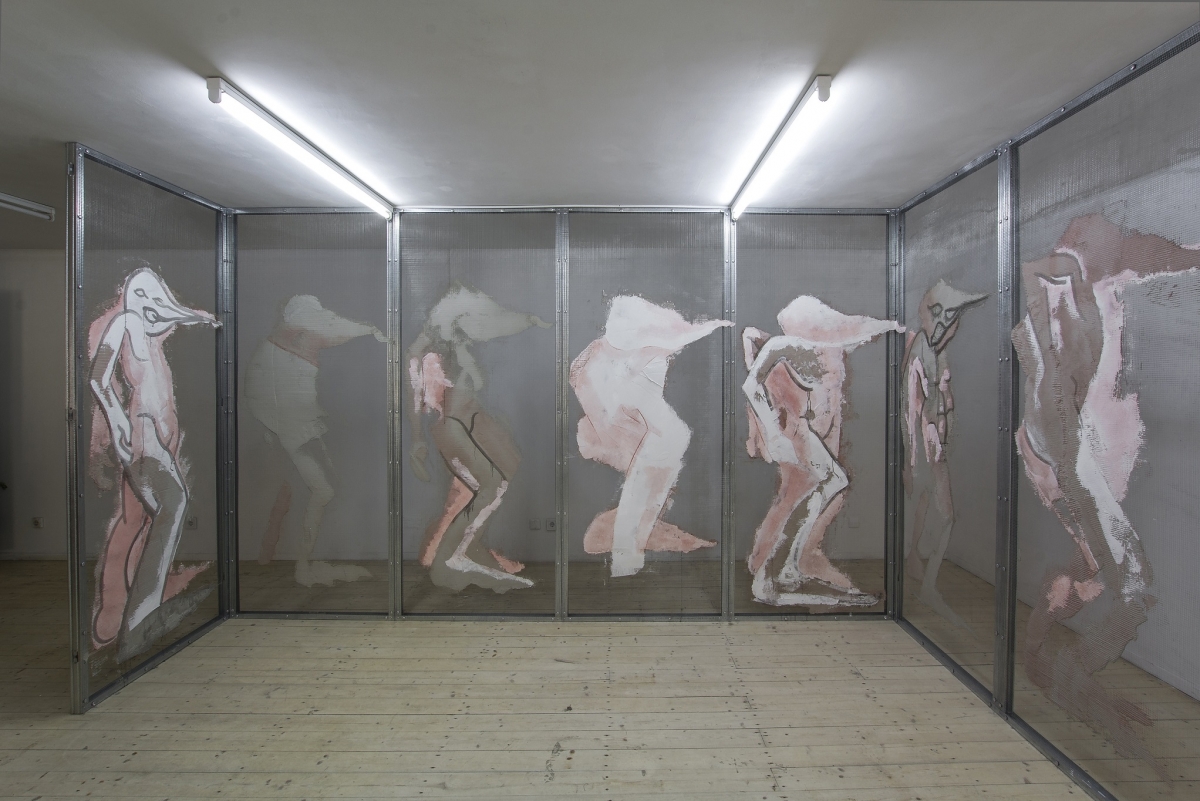
Vytenis Burokas, “Wandering Wind”, exhibition view, Editorial, 2020, photo: Ugnius Gelguda
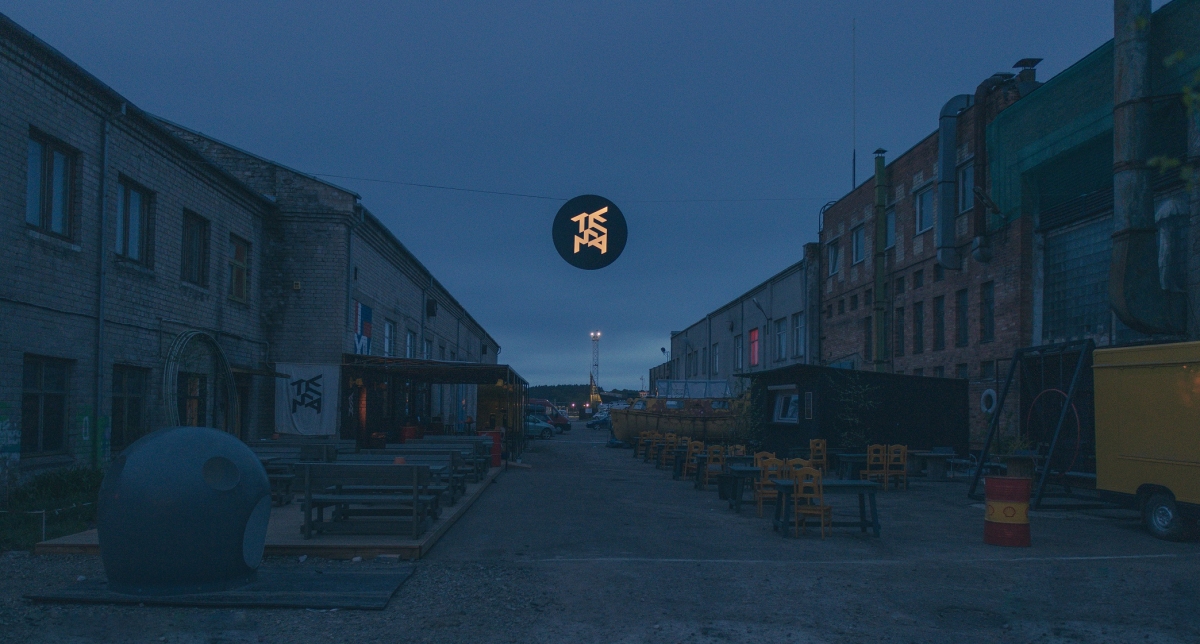
Space, TEMA, 2021, photo: Arūnė Baronaitė
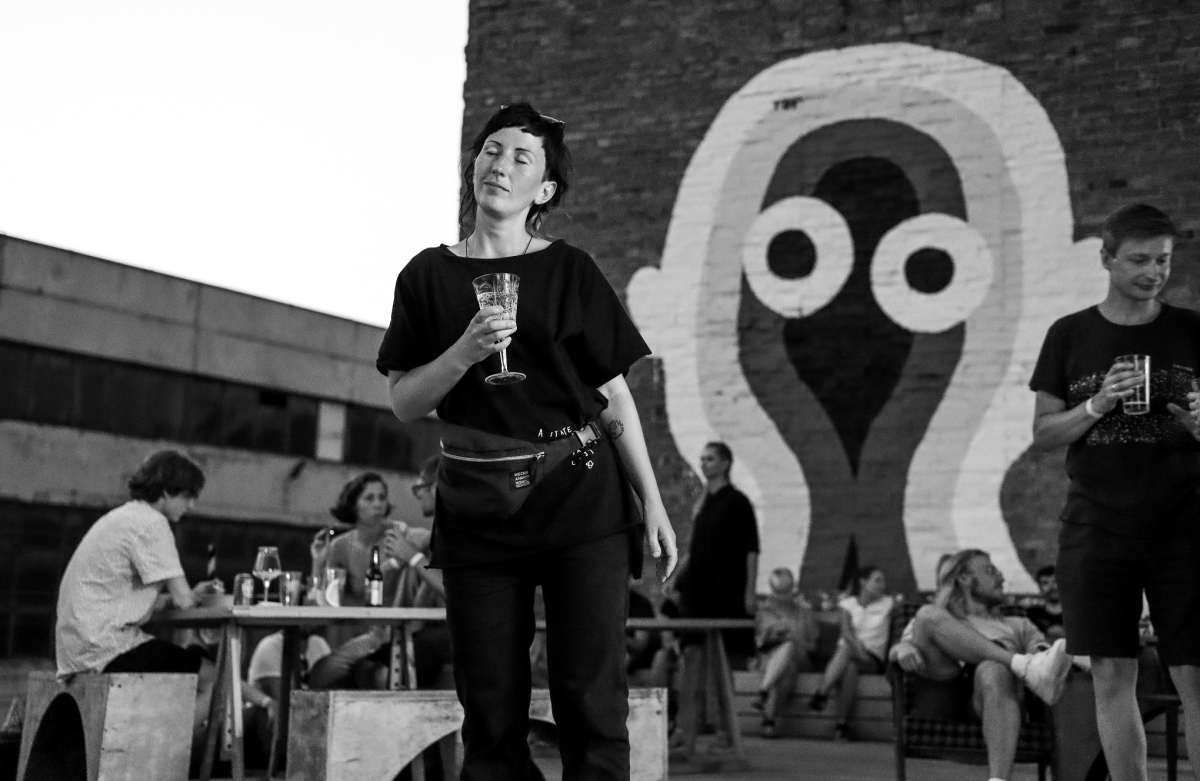
Event, TEMA, 2021, photo: Arūnė Baronaitė
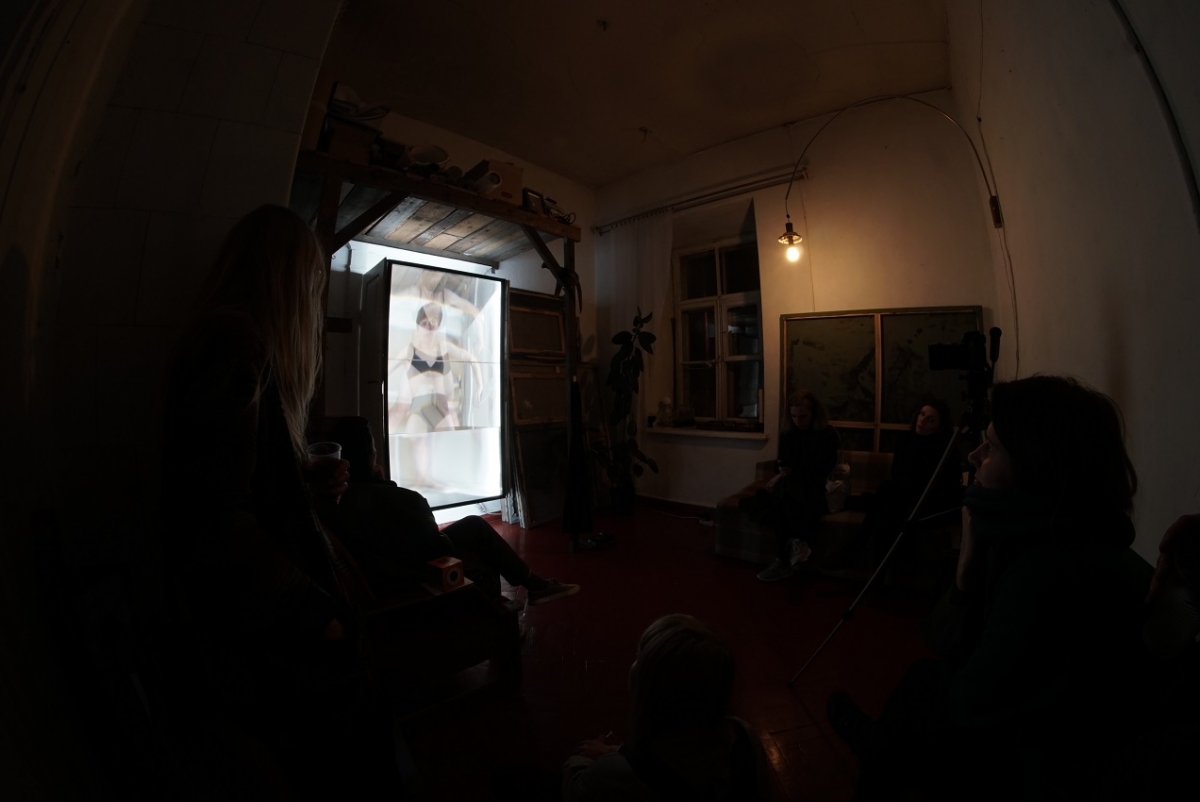
Ieva Tarejeva, performance, Studium P, 2020, photo: Simonas Nekrošius
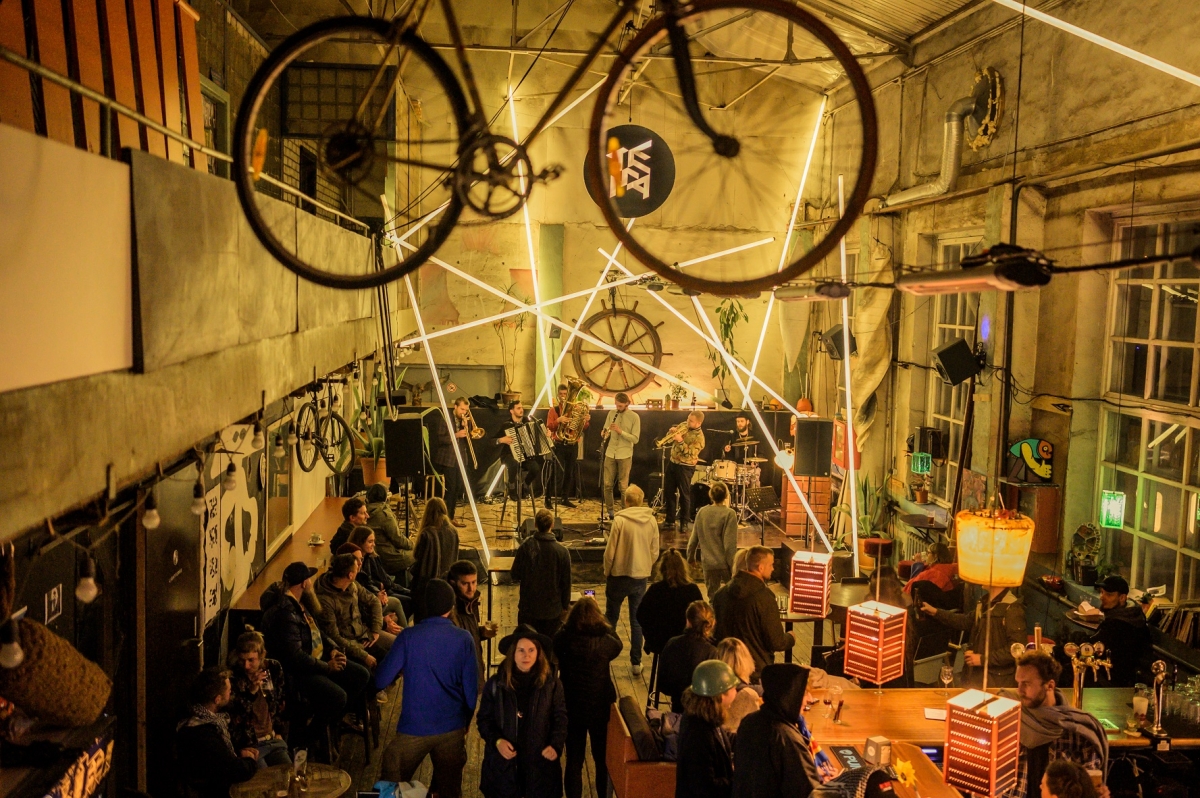
Space, TEMA, 2021, photo: Denis Vėjas
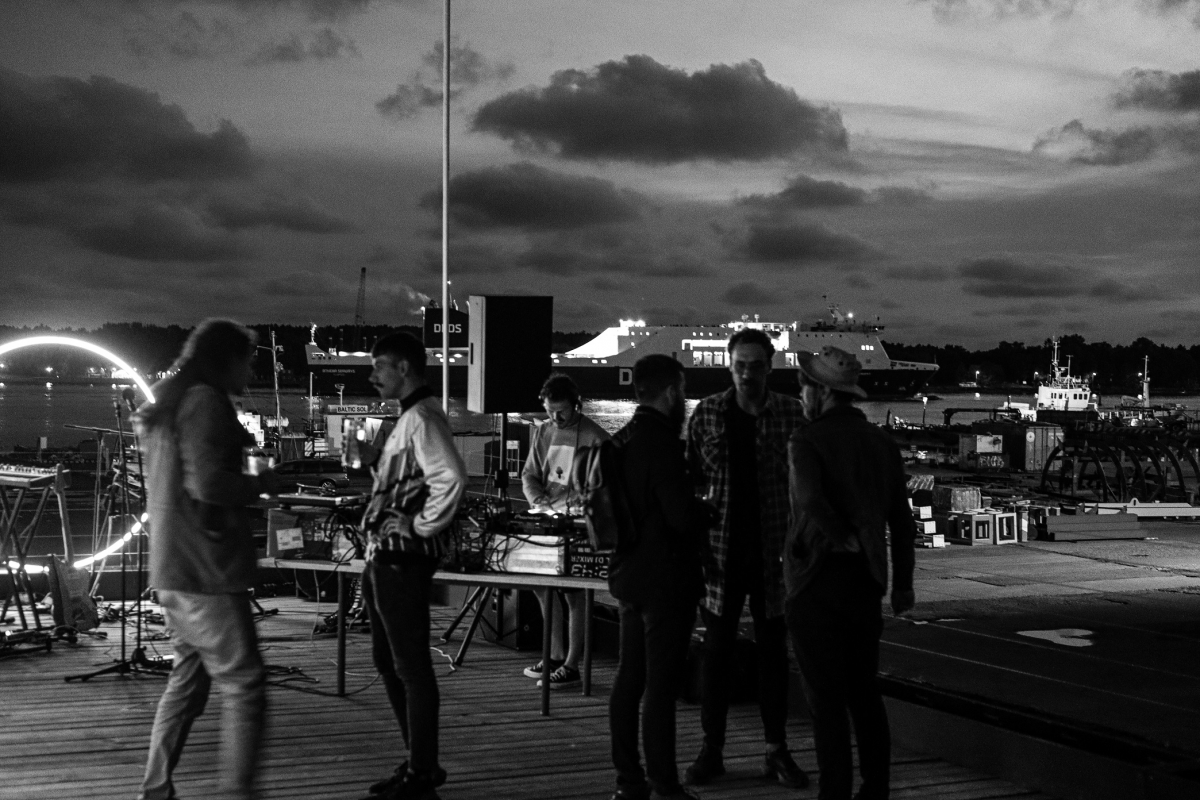
Event, TEMA, 2021, photo: Arūnė Baronaitė

Loren Britton, “Interdependency”, exhibition view, si:side, 2020
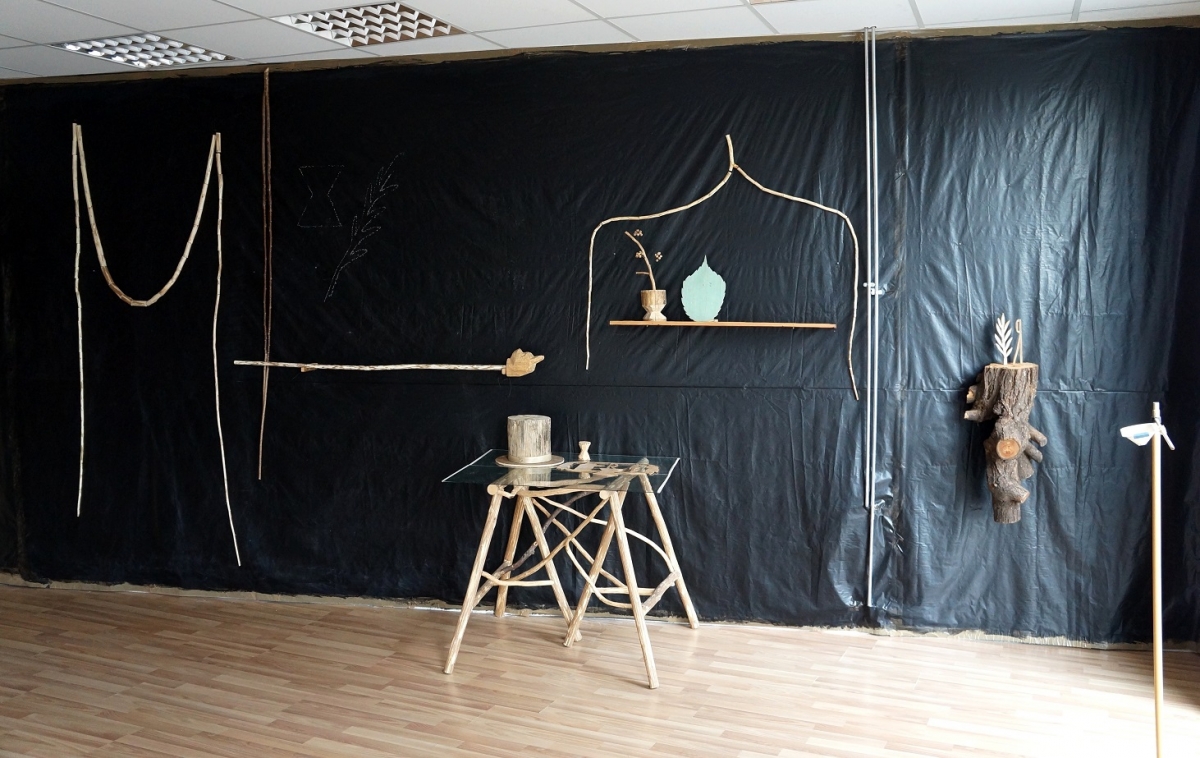
Žilvinas Landzbergas, “iš serijos R didžioji”, exhibition view, si:side, 2015
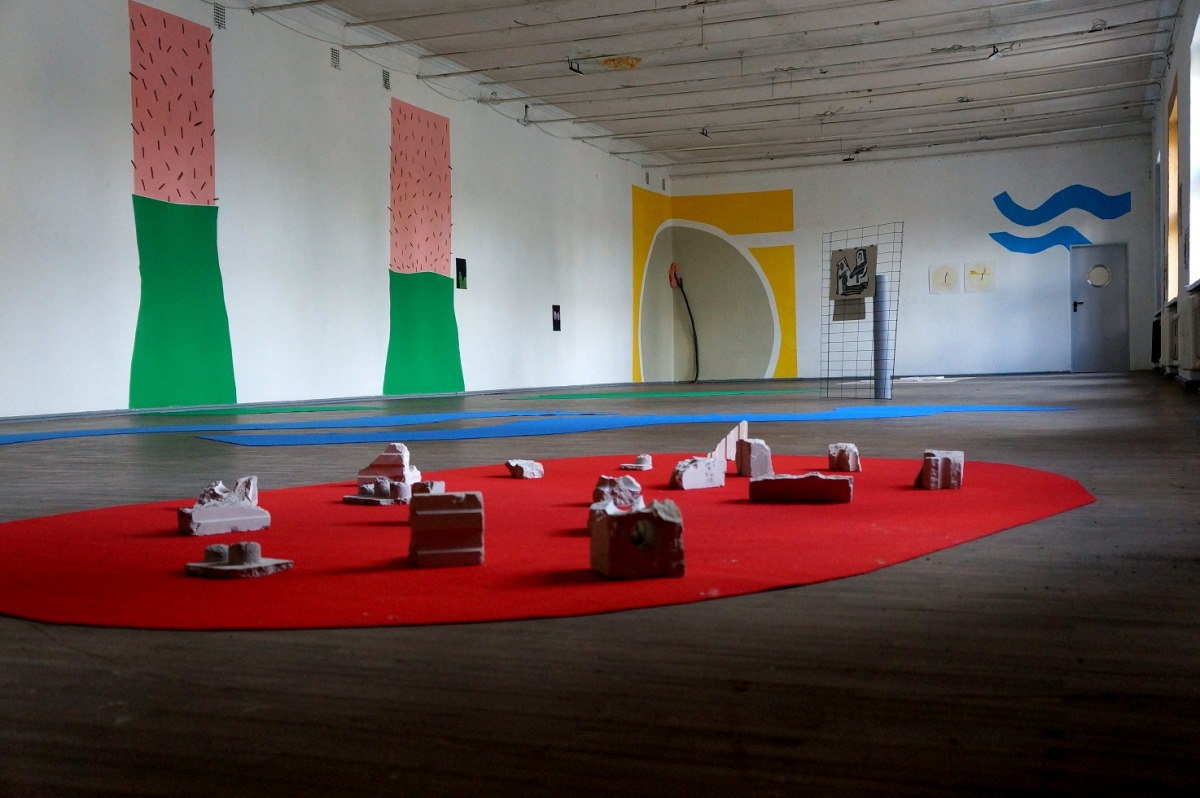
Verena Issel, “Wurzelpost”, exhibition view, si:side, 2020

